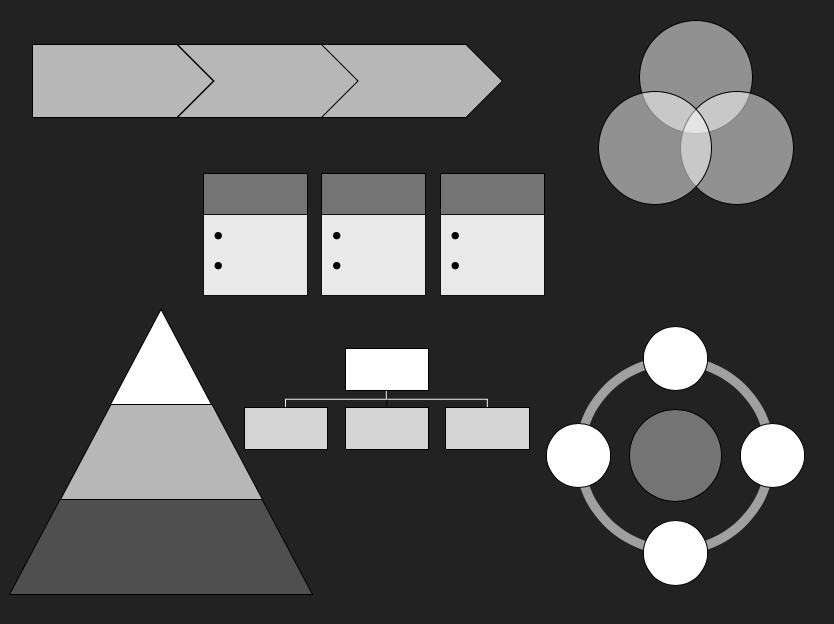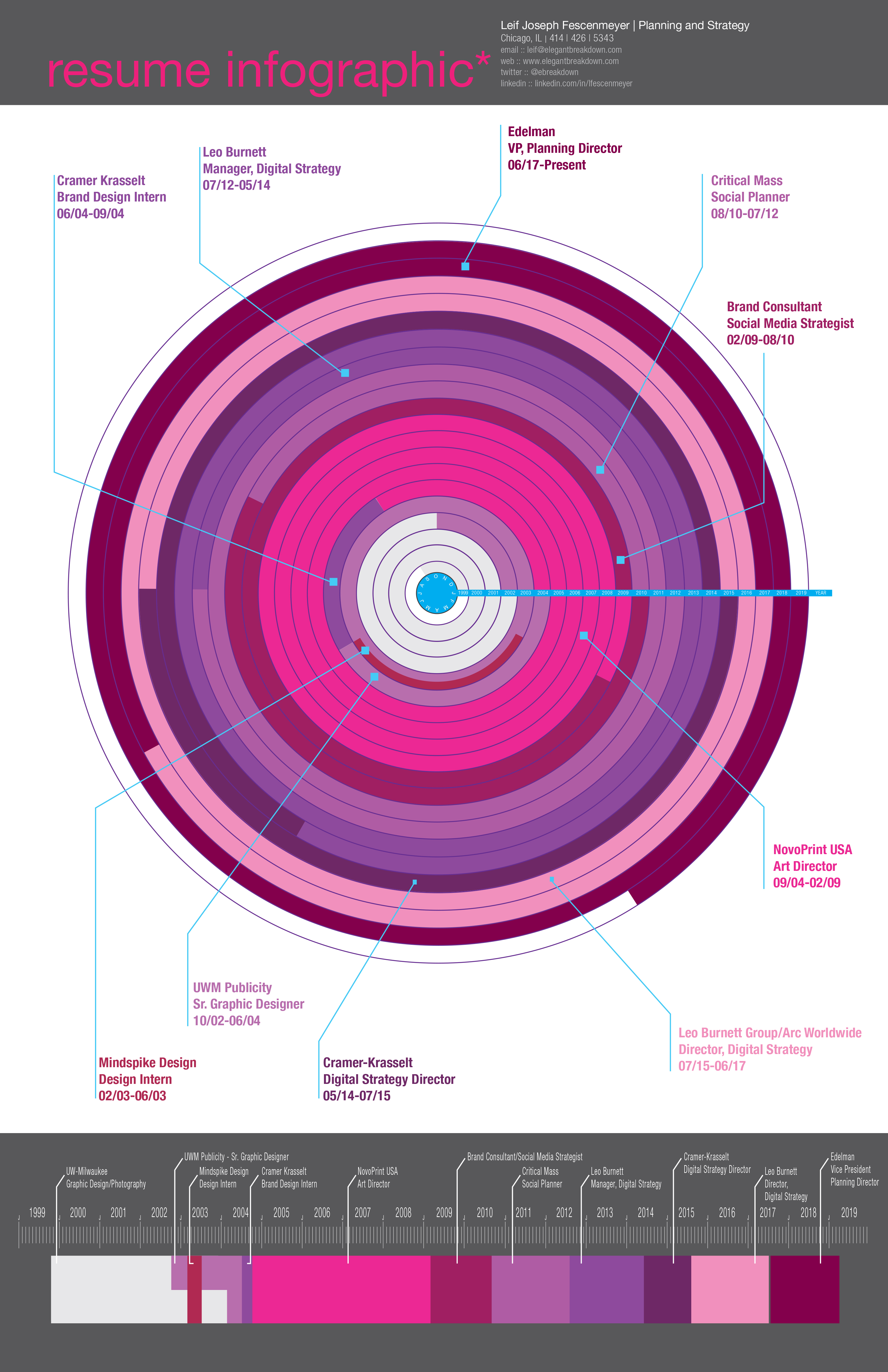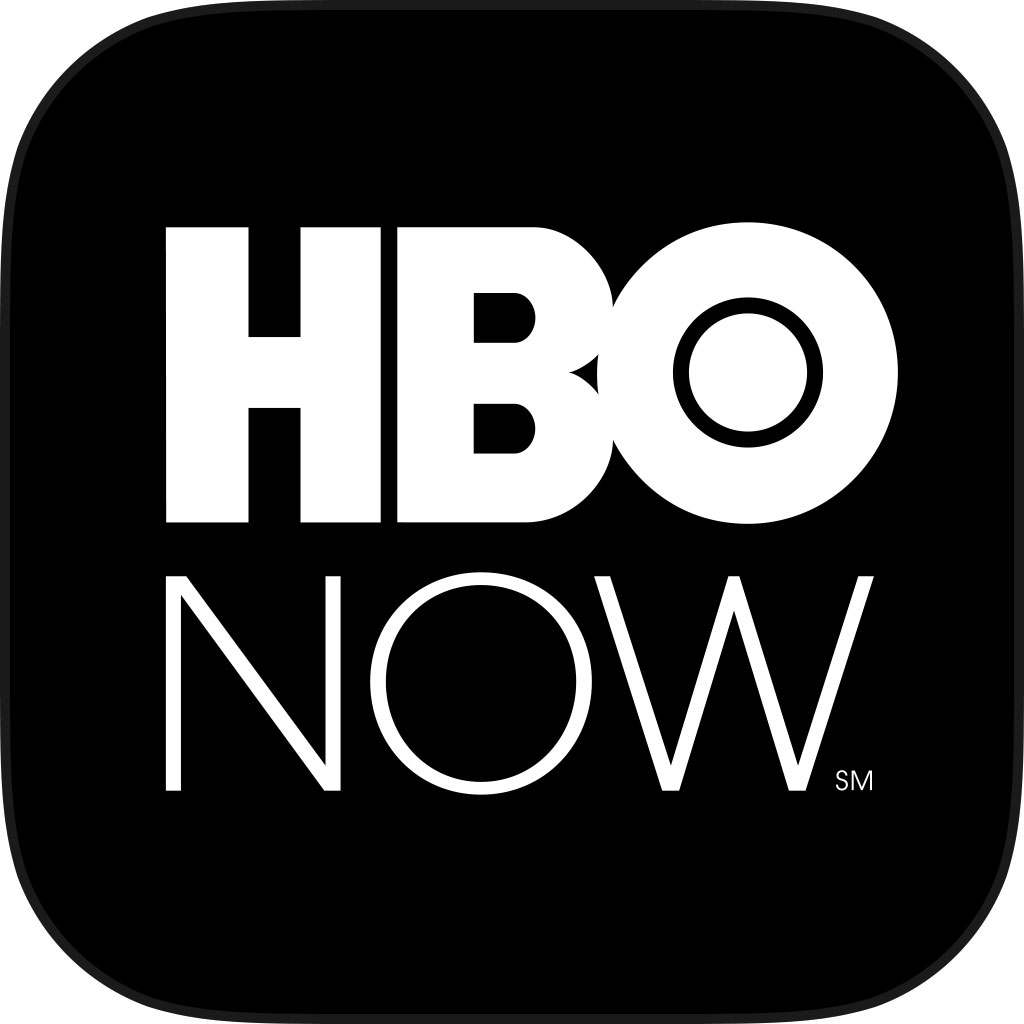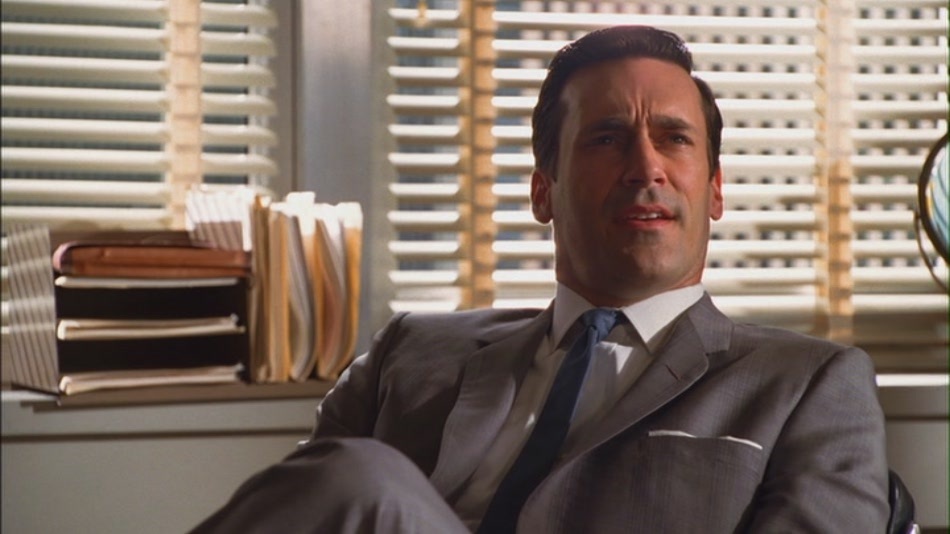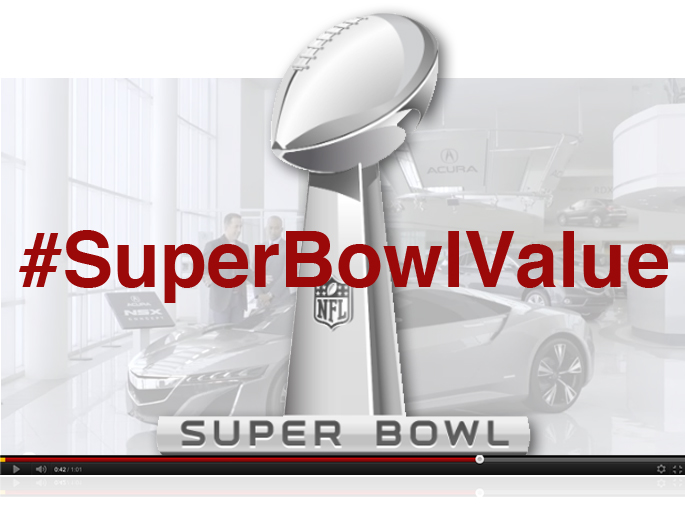A few years ago, I listed out some of my career learnings as a strategist (so far). And as I mentioned in that post, I’m constantly learning, constantly iterating and constantly taking in new experiences.
I would like to share with you additional learnings that I’ve gleaned over my 20 years of experience in strategy and planning. I hope you find some, if not all, of these valuable in some way – especially the last one, it’s the most important lesson I can convey.
In no particular order, here we go:
- Partnership is Greater than Individual Achievement: Don’t do things alone. Find a partner to write, ideate and create. It will lead to better, more informed product.
- But, Start on your Own: This doesn’t mean you can’t take the first stab, that’s the best part of work. You need to try yourself first, even if you don’t know the answer. It helps you grow
- Frameworks are the Start, Not the Product: Frameworks are a tool, they’re not the product. They are a good starting point for strategy and help govern the work. But just like a stencil in art, they’re not what you present publicly.
- Beware the Flash, Glitz and Glamour: There’s a bias in the industry to tap into the new, the popular. What’s new and flashy can be good, but it may not last. Focus on what works.
- Sometimes Old Ways are the Best Ways: It may not be flashy, it may not be new, but some tried and true tactics work the best, sometimes. I’ll say it, direct mail is amazing.
- A Cannes Lion is Great, Driving Client Business is Better: Yes, we all want to be on stage and want awards. But, business success leads to longer term prosperity both for clients and agencies. (Fully admitting I don’t have a Cannes Lion)
- Process is a Crutch: Those who yearn for process, roles and responsibilities and clear delineations to what they do and don’t do – will fail to advance at the same pace as those who just do.
- Surprise and Delight; But Prove It: Just like glitz and glamour, surprising with innovative new ways is great! Make sure you have the reason for it backed with logic.
- When Presenting, be Yourself: Scripts only make you sound scripted or like ChatGPT. People want to work with you for your expertise and who you are as a person. Be authentically you.
- Simplify your Narrative, Then do it Again: A strong, simple and single minded narrative is essential especially when you’re presenting detailed thinking. Simplify it down to something anyone would be able to follow. Slides are made for presenting, otherwise we would make books.
- Less is More on Slides: Don’t write a novel. Don’t repurpose Powerpoint as Excel. Write as a human. Write about what you’re trying to say, and leave it at that. Fluffery and marketing jargon gets you nowhere.
- Show up Early: No one likes someone who just strolls in. Arrive early, show your commitment to the work if not the company. Show you care about what you do – it goes a long way.
- Ask for Guidance: You’re not expected to know all the answers.
- Saying ‘Data’ Means Nothing: It’s what you do with the data that matters. If you don’t know where it comes from nor can translate it into actionable steps, you’re just saying vaporware.
- Stand Up for What You Believe, but Back it Up: Standing for principle is admirable and it shows your commitment. But proving it matters just as much.
- Present a Problem AND a Solution: Going to someone with a problem may seem like you’re being proactive. Identifying a potential solution WITH the problem is even better.
- Ask for a Double Check: Just like writing a paper in school, have someone review your work – you are not infallible.
- Collaboration Breeds Consensus: It’s easier to sell something to someone if you include them in the process.
- It will NEVER be Perfect the First Time (or ever): There will always be edits. Take the feedback, take the challenges and refine, refine, refine. Work is iterative.
Last one…
Just Try


